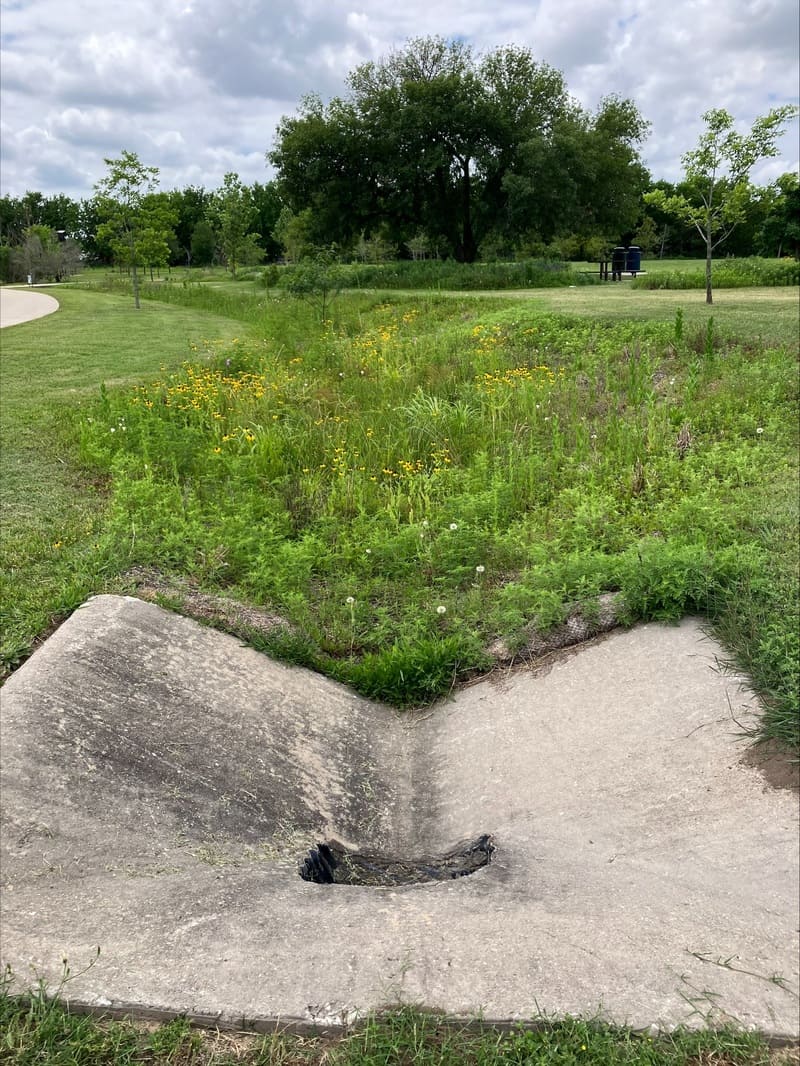PUBLISHED: June 2024 by Christina Lee, HPB Conservation Technician
Houston, a sprawling metropolis known for its vibrant culture and booming economy, is also home to a delicate ecological gem: wetlands. These lush, water-filled landscapes not only harbor unique biodiversity but also play a crucial role in mitigating the impacts of rapid urbanization and climate change. However, the rapid growth of the city has resulted in the loss of much of its wetlands, exacerbating flooding and threatening the resilience of its ecosystem.
Wetlands act as nature’s sponges, absorbing excess rainwater and reducing the risk of flooding. They also provide critical habitat for a diverse array of plant and animal species, many of which are unique to these watery landscapes. Additionally, wetlands serve as natural filtration systems, purifying water and improving its quality. The loss of wetlands has had devastating consequences for Houston’s resilience to flooding. As natural buffers against storm surges and heavy rainfall, wetlands help to absorb and slow the flow of water, reducing the risk of inundation in nearby communities. With fewer wetlands to mitigate flooding, Houston has become increasingly vulnerable to extreme weather events, a trend exacerbated by the impacts of climate change

Despite these challenges, Houston’s wetlands continue to provide invaluable ecosystem services that benefit both humans and wildlife. By preserving and restoring these natural areas, Houston Parks Board is working to enhance the city’s resilience to flooding, protect biodiversity, and mitigate the impacts of climate change.
Installing rain gardens or wet swales in your home or local community is a powerful way to make a positive impact. By capturing rainwater runoff from roofs, driveways, and other impermeable surfaces, rain gardens and wet swales allow water to slowly infiltrate the soil, where it can be absorbed by plants or percolate into the ground, helping to reduce flooding, filter pollutants, and replenish groundwater supplies.
Moreover, rain gardens and wet swales provide valuable habitats for native plants and wildlife, creating pockets of biodiversity in otherwise urbanized landscapes. These greenspaces act as refuges for pollinators, birds, and other animals, enhancing local ecosystem health and resilience.
With relatively low cost and maintenance requirements, these green infrastructure solutions offer a high return on investment in terms of both ecological benefits and community resilience. By taking action to implement rain gardens and wet swales, you can play a direct role in protecting your community from the impacts of climate change, improving water quality, and fostering biodiversity. Together, we can create a greener, more sustainable future for all.
